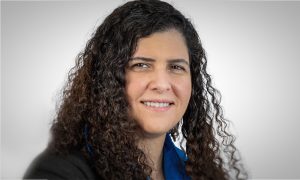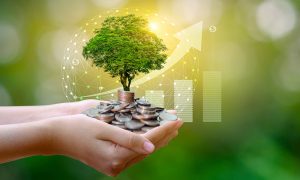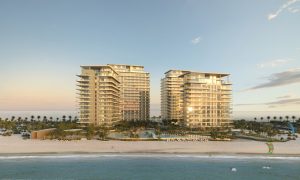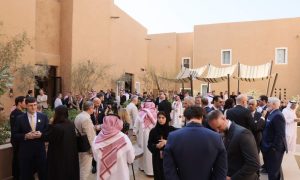Wind energy investment is more than just hot air
As you may have noticed, the past month has taken us on wild adventure in the financial markets of the world. We witnessed a large amount of volatility in the equities markets and have seen a risk-on/risk-off attitude to investing, with a recent strong bias towards less risky investments.
One of the investment classes which is seen to have a low level of risk, with stable long-term cash flows, is that of the renewable energy infrastructure sector. Last month, private equity giant, Blackstone, announced the largest deal in the renewable energy sector with a $3.5bn investment into the construction of Germany’s biggest ever off-shore wind farm. The first phase of the wind-farm project, named “Meerwind” is set to produce enough power to service 400,000 households and is due to come online in 2013. The project was made possible (less risky) by the German government’s decision to jointly establish an aggressive feed-in tariff of $160/Mwh and to phase out nuclear power by 2022. The actions of which ensure a steady flow of income to the private equity group and also an increased demand in alternative forms of energy. The Blackstone investment follows on the heels of a 1.1bn investment in a wind power farm by two of Denmark’s largest pension funds in early April 2011.
Why may this be of interest to you? As a market sector, investments in renewable wind energy infrastructure projects have been growing at 25-35%/annum and are forecast to continue growing in the medium term at a conservative rate of 15-20%/annum. Current annual investment in wind infrastructure is approximately $15bn and is expected to reach a total cumulative investment of $390bn by 2030.
With the guarantee of generous feed-in tariffs as set by the host state (a set revenue rate for the sale of energy produced by the wind farms), investors are assured a stable return on their investment for a fixed duration often in the range of 5-15%/annum; this is favorable when compared to the current rate of less than 2%/annum for 10 year US treasuries.
Large pension and investment funds with long-term investment horizons are often mandated to seek out stable investments and due to the yield premiums offered, wind energy projects are being actively sought after for investment. In addition to the renewable energy projects, several other sustainable investments are being made in the spirit of Public Private Partnerships (PPP);. The PPP projects with long-term concessions develop enable cash strapped public treasuries to finance the projects which their citizens are demanding. Many of these projects which deliver public service benefits such as transportation (roads/rail);, water (supply/treatment/distribution); and waste (collection/storage/recycling);.
For the private investor looking to take part in this growing and stable opportunity, several funds have recently been set up by institutions such as Macquarie Bank, KfW bankengruppe and Rabobank. Given stable global population/consumption vectors, if governments continue to guarantee levels of concession rates which offer investors reasonable rates of return, yields on low-risk government bonds stay depressed and demand for electricity from consumers stays strong, the demand for sustainable infrastructure investments is expected to continue to be robust for the foreseeable future.
Until next month, feel free to contact me directly or to drop me a question regarding the trajectory of the sustainable development movement, cleantech or sustainability education.
Jourdan Younis is the Managing Director for Alpin Limited, Masdar City – Abu Dhabi, an instructor for LEED at American University of Sharjah and an instructor for Estidama at the Urban Planning Council – Abu Dhabi. His background spans London Business School, California Polytechnic University, and several international sustainability consulting operations including Sowwah Square in Abu Dhabi and the Energy Foundation in San Francisco. Contact him at jourdan.younis@alpinme.com

























